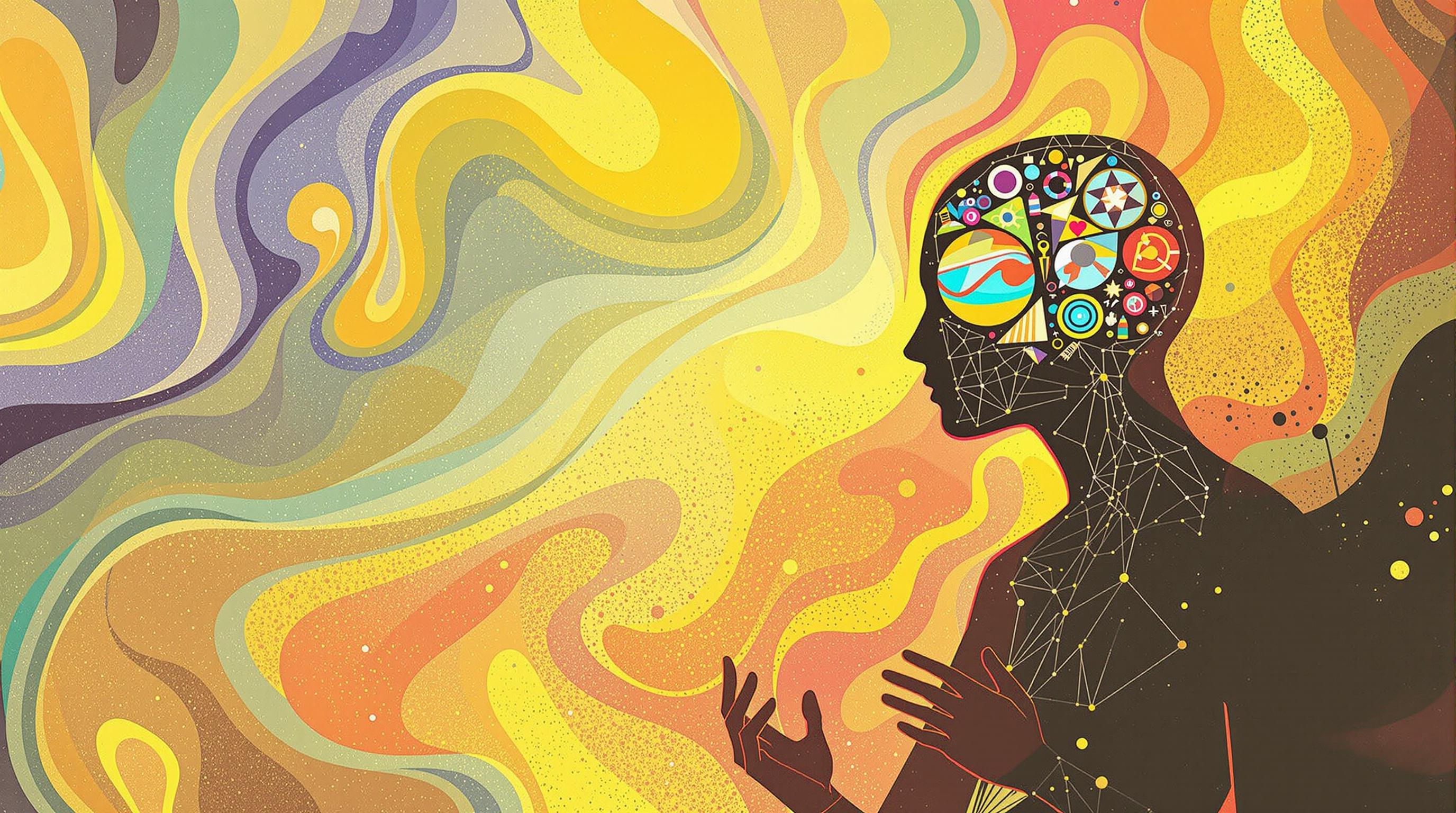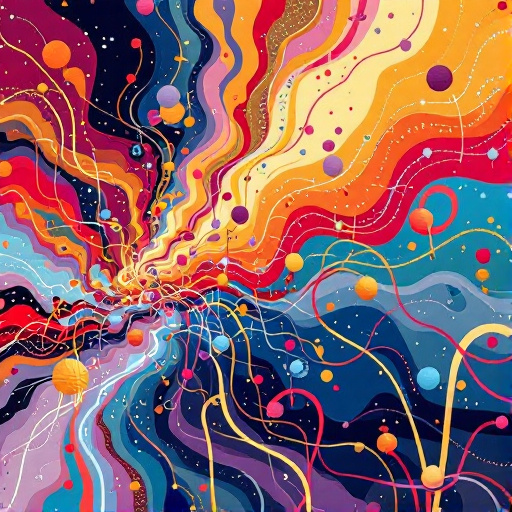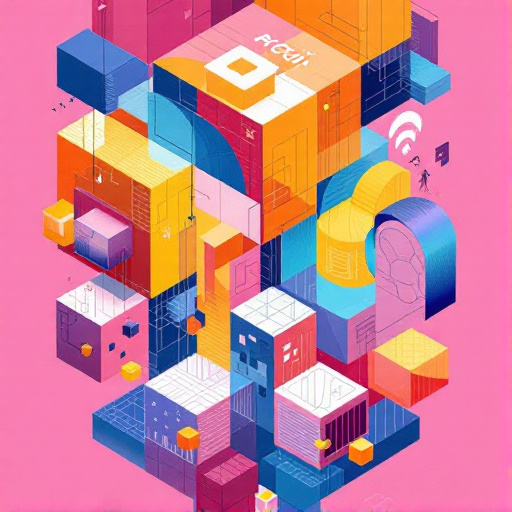Featured Articles
- 9 Surprising Psychological Triggers Hidden in Beautiful Web Design That Captivate Visitors Instantly
- Exploring the Art of Balance: Minimalism vs. Maximalism in Beautiful Web Design Unleashed
- From Chaos to Calm: Exploring the Allure of Randomized Layouts in Beautiful Web Design
- Reviving Retro: How Nostalgic Design Elements Are Transforming Modern Web Aesthetics
- The Aesthetics of Code: How Beautiful Web Design Can Influence Emotional User Experiences
The Unexpected Beauty of Accessible Design: How Inclusivity Shapes Aesthetics in Web Development
The Unexpected Beauty of Accessible Design: How Inclusivity Shapes Aesthetics in Web Development
The world of web design is undergoing a transformation, shifting towards inclusivity and accessible design that not only serves user needs but also enriches the aesthetic quality of digital spaces. In this article, we’ll explore the unexpected beauty that emerges from inclusivity in web development and how it reshapes our understanding of good design.
Accessibility: More Than Just a Requirement
Imagine trying to navigate a beautiful website that is, unfortunately, an impenetrable fortress of aesthetics. It may look great, but if it’s not designed with accessibility in mind, it leaves a significant portion of the population out in the cold. According to the World Health Organization, over a billion people experience some form of disability (WHO, 2021), highlighting the vast market that is often neglected in conventional web design.
The Aesthetic Advantage
Ironically, accessibility often enhances visual appeal. Designers frequently create layered, simple visual hierarchies that are effective for all users. When a website emphasizes usability through clear visuals and structured layouts, it becomes naturally appealing. Colors have meaning; reading light text on a dark background can be artistic yet functional. Designing for everyone is actually designing for the best.
The Power of Color Contrast
Incorporating color contrast is vital for users with visual impairments. High-contrast color palettes not only make text readable for individuals with low vision, but they also add a dynamic flair to the overall design. Think about the vibrant colors used on the accessibility features of sites like W3.org. Their clear, contrasting colors resonate well with all users while ensuring that information is conveyed effectively.
A Case Study in Good Design
Let's consider the story of a fictional startup called "SnackOn!" that launched a food delivery app. In the beginning, they focused solely on aesthetics, creating a sleek interface that was visually striking but cumbersome for users with disabilities. They received complaints about navigation difficulties. After redesigning their app to prioritize accessibility—integrating screen reader compatibility, alt text for images, and intuitive layouts—they found user engagement increased by 40%. Not only did they see an uptick in inclusivity, but the design itself became more elegant and user-friendly.
Persuasive Arguments for Inclusive Design
Why should businesses care about making their sites accessible? Well, aside from ethical considerations, there’s a plethora of evidence indicating that inclusive design can broaden reach and increase conversion rates. A study by the UK Digital Accessibility Centre noted that “organizations that implement accessibility features can expect a 22% increase in sales.” Think about it—by making your website inclusive, you’re not only doing right by your users; you’re also potentially increasing your profit margins!
Humor in Accessibility
Let’s take a light-hearted break here. Ever tried explaining accessibility to someone unfamiliar with it? “It’s like creating a buffet where everyone can eat, even the person allergic to nuts, it looks delicious to everyone, but the caterer knows not to spike it!” Accessibility doesn’t mean sacrificing beauty; it means that everyone can savor the aesthetic feast. By embracing inclusivity, you're essentially saying, "Come one, come all!"
Real-World Examples of Beautifully Designed Accessible Sites
Check out Gov.uk or BBC websites. Both are great examples of integrating accessibility and aesthetic design beautifully. They focus on clarity, simplicity, and easy navigation while embodying a sleek professional look. When used correctly, elements like font size enlargement, keyboard navigation, and other ADA compliance criteria only serve to amplify the experience without diminishing style.
The Inclusive Mindset
So, let’s shift our perspective for a moment. Accessible design is not about adding extra features; it's about adopting an inclusive mindset from the outset. It’s a shift similar to that of a chef who decides to source organic, locally grown ingredients—not only for the health benefits but also to create the most vibrant dish. Similarly, an inclusive design encourages a more joyful internet experience that celebrates diversity.
User-Centered Design: A Win-Win
Have you heard the term “user-centered design”? It's a philosophy that insists designers continuously incorporate user feedback into the design process. The more you know about your audience, the better you can serve them. Incorporating feedback from diverse users—those with disabilities, varying tech skills, and different backgrounds—makes a design beautiful and functional. Remember, the more perspectives you invite into the design process, the more robust your final product will be.
Embracing the Unexpected
Let’s wrap this up with the value of unexpected beauty in design. The stunning visual elements that arise from thoughtful inclusive design are often not planned but are born from necessity and empathy. Just as in nature, where you find beauty through diversity, your digital landscape can radiate that very essence by inviting all users into its realms.
Inclusivity is the Future
As a 24-year-old content developer, my takeaway is that we must advocate for accessibility not just as a legal requirement but as a necessary foundation for contemporary web design. While we may see web development as a fairly new industry, accessibility isn’t just a trend; it’s an expectation, rooted in empathy and a broader understanding of aesthetics. In a world as interconnected as ours, putting inclusivity at the forefront enhances our collective experience.
Final Thoughts
To sum it up, embracing accessible design doesn’t just cater to a marginalized audience; it transforms the web into a more beautiful space for everyone. Every web developer, designer, and content creator should recognize the link between accessibility and aesthetics. We can build a world where inclusivity shapes our online experiences, ultimately beautifying them and deepening our connections.




